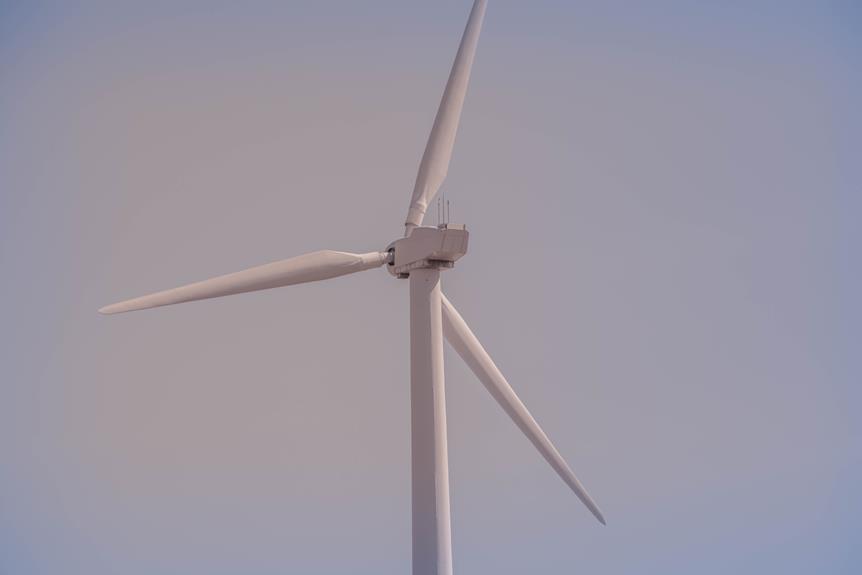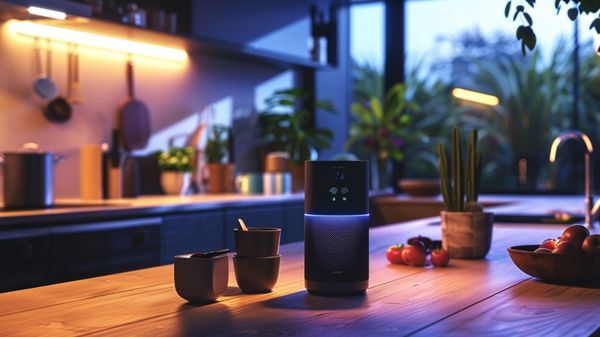Are you curious if there are affordable ways to save energy and reduce your utility bills? Well, we have some great news for you! In this guide, we will explore a variety of tips and techniques that can help you achieve energy efficiency and conservation without breaking the bank.
By implementing these strategies, we can all contribute to a more sustainable future while also enjoying the benefits of lower energy costs. From simple actions like using natural daylight and adjusting the thermostat, to more cost-effective measures like replacing light bulbs and insulating pipes, there are plenty of options available to suit everyone’s needs.
So, let’s dive in and discover how we can make a positive impact on both our wallets and the environment!
Efficient Lighting Options
In our search for affordable tips for energy efficiency and conservation, we recommend considering efficient lighting options.
One of the most effective ways to save energy and reduce costs is by replacing traditional incandescent light bulbs with ENERGY STAR certified LED light bulbs.
These bulbs use up to 90% less energy and can last up to 15 times longer than incandescent bulbs. By making this simple switch, you can conserve energy and save money on your energy bills.
Look for the ENERGY STAR label when purchasing LED bulbs to ensure their energy efficiency. Additionally, you can further reduce energy consumption by using lower settings on your light fixtures.
Appliance Energy-saving Techniques
To maximize energy efficiency and reduce consumption, we implement various appliance energy-saving techniques. One effective technique is to choose energy-efficient appliances with high Energy Star ratings. These appliances are specifically designed to save energy and reduce energy costs.
Another way to save energy is by unplugging electronics when they’re not in use. Even when they’re turned off, electronics can still consume standby power, which adds up over time.
Setting the refrigerator temperature between 36 and 38 degrees Fahrenheit is also important for optimal energy efficiency.
Additionally, air drying clothes instead of using the dryer whenever possible can significantly reduce energy consumption.
Heating and Cooling Efficiency Tips
By implementing heating and cooling efficiency tips, we can further enhance our energy-saving efforts and reduce our environmental impact.
One of the most important steps is to properly maintain and regulate our thermostat. Setting it to a moderate temperature can significantly reduce energy consumption.
Additionally, it’s crucial to identify and seal any air leaks in our home. Insulating windows and doors can prevent heat loss or gain, keeping our living spaces more comfortable while reducing energy usage.
Another way to improve heating and cooling efficiency is to ensure that our appliances are energy-efficient. Upgrading to energy-saving models can result in significant energy savings.
Water Conservation Strategies
We can further enhance our energy-saving efforts and reduce our environmental impact by implementing water conservation strategies.
One effective strategy is to install low-flow showerheads and faucets, which can save up to $145 each year on electricity.
Another tip is to use the dishwasher and washing machine with full loads to maximize efficiency and conserve water. Additionally, washing clothes in cold water whenever possible can save water and reduce energy usage.
To reduce water consumption outdoors, consider collecting rainwater for watering plants and gardens.
Finally, sealing air leaks and using window treatments like caulk or weatherstripping can help conserve both water and energy.
Home Insulation and Weatherization Methods
One cost-effective way to increase energy efficiency and conservation in our homes is through proper insulation and weatherization methods.
Here are four important steps to improve insulation and weatherization:
- Insulate walls, attics, and floors: Adding insulation to these areas helps retain heat during the winter and keep cool air inside during the summer. It reduces the amount of energy needed for heating and air conditioning, ultimately saving money.
- Seal air leaks: Identify and seal any leaks around windows and doors, as well as gaps and cracks in walls and floors. This prevents drafts and the escape of heated or cooled air, leading to more efficient temperature control and reduced energy consumption.
- Improve windows and doors: Consider upgrading to energy-efficient windows and doors. These are designed to minimize heat transfer and reduce air leakage, further enhancing insulation and energy efficiency.
- Weatherize your home: Use weatherstripping and caulk to seal gaps around windows, doors, and other openings. This helps prevent air leaks and keeps your home comfortable all year round.
Conclusion
In conclusion, implementing affordable energy efficiency and conservation tips can have a significant impact on reducing energy consumption and saving on utility bills.
Did you know that replacing incandescent light bulbs with energy-efficient options can save up to 75% in energy costs?
By making small changes like this and practicing other cost-effective measures, we can all contribute to a more sustainable future while enjoying the benefits of a comfortable and efficient home.




